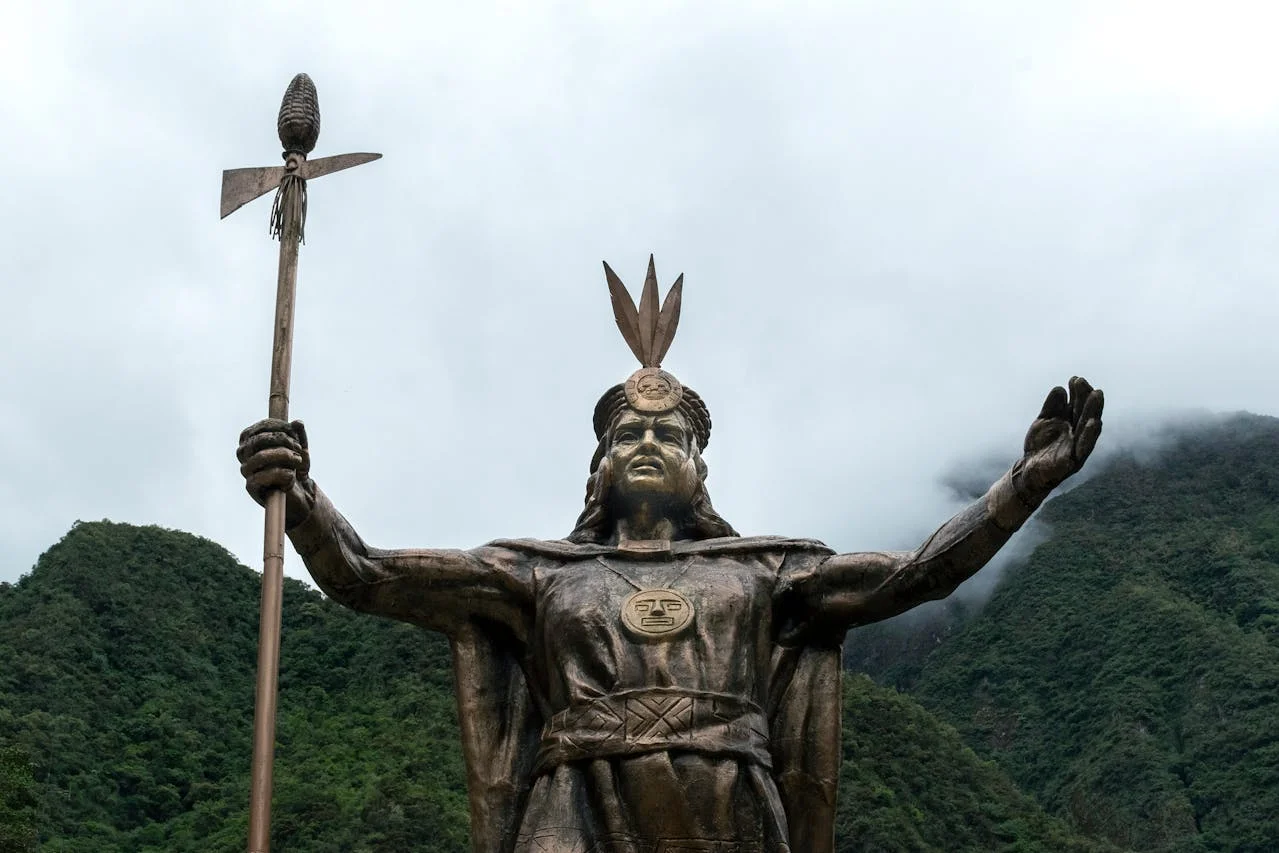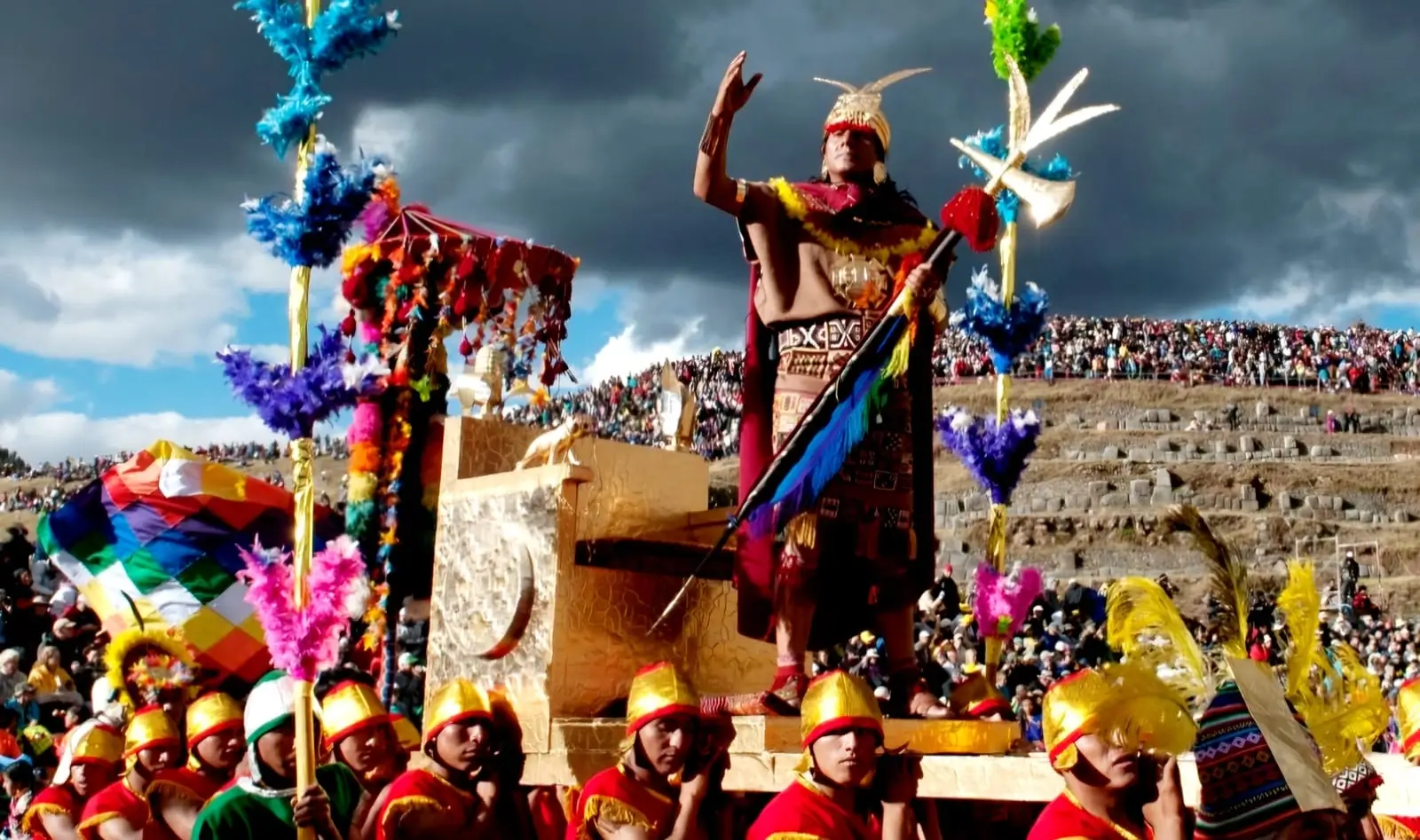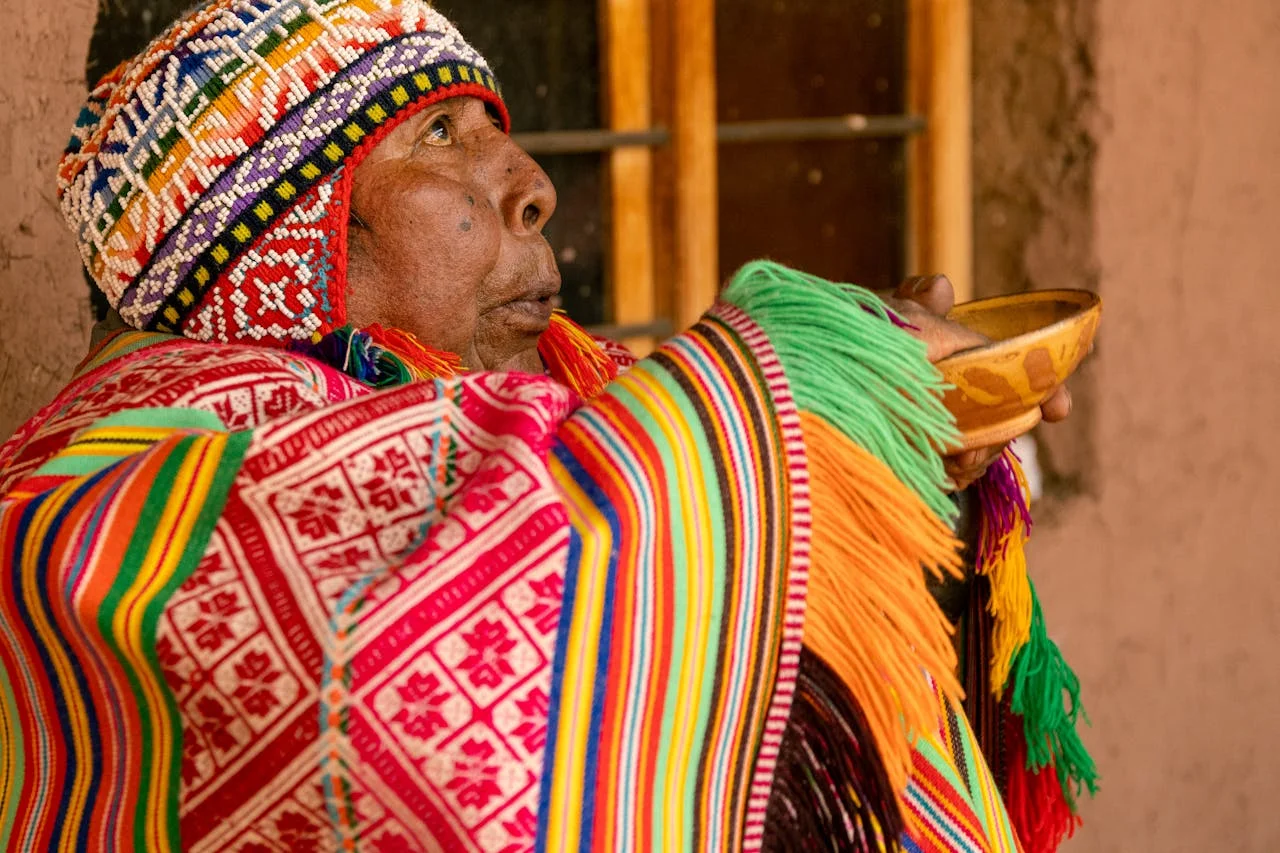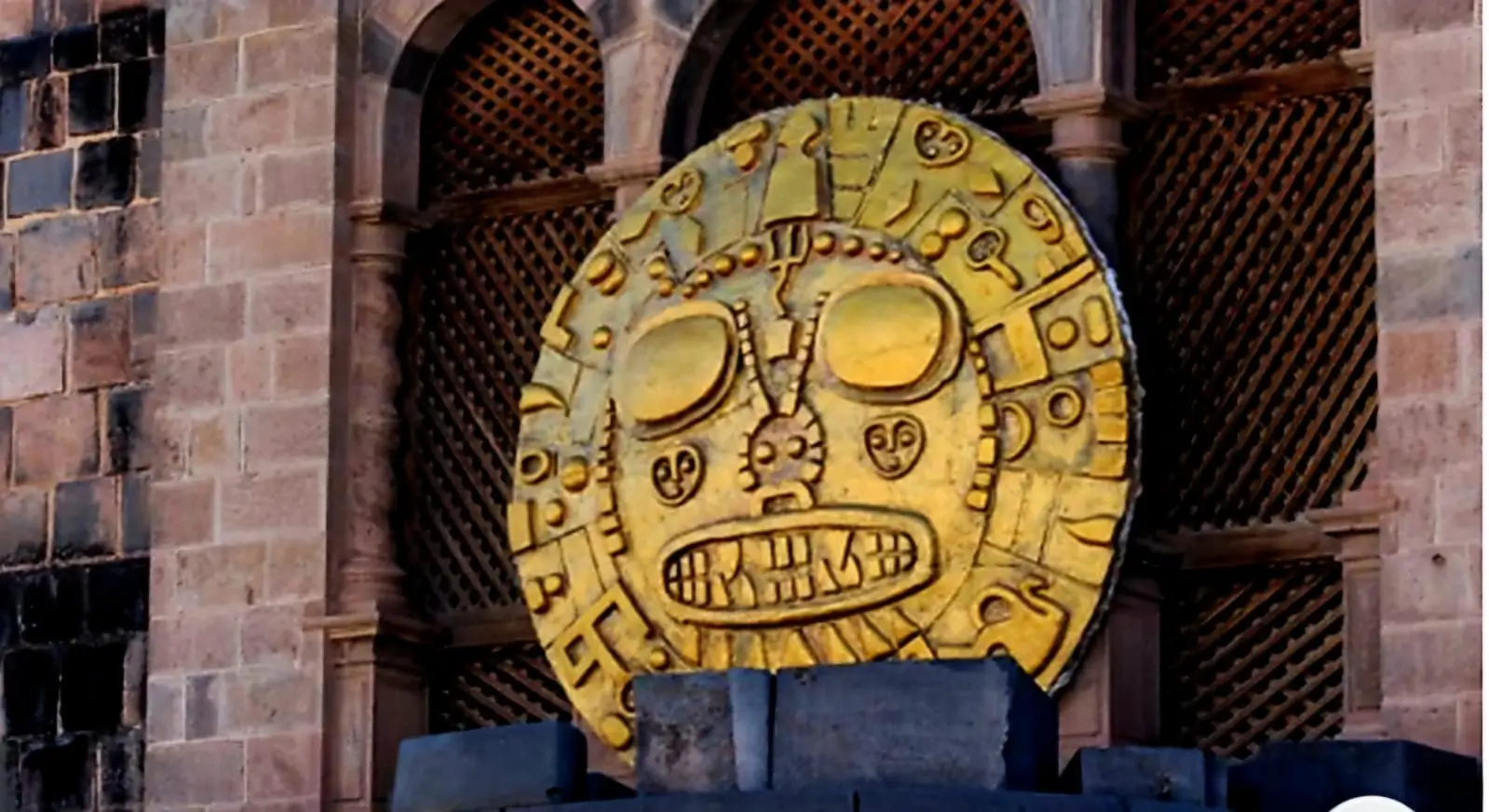Imagine a world where nature is not just a backdrop but a living, breathing entity, where mountains, rivers, and even the stars hold sacred significance. In the vast and awe-inspiring Inca Empire, every element of the natural world was believed to be infused with divine energy, shaping the daily lives, traditions, and spiritual practices of its people. The Incas, renowned for their architectural marvels, advanced agricultural techniques, and intricate societal structures, built their civilization upon a deep reverence for powerful and sacred gods.
These deities were not distant figures but active forces that influenced everything from the changing of seasons to the success of harvests and even the fate of rulers. But how many gods did the Incas worship, and what role did they play in the intricate balance between humanity and the cosmos?
Inca Empire Religion and Gods
The Inca civilization in Peru was deeply religious, present in every aspect of their lives. In addition to their belief in polytheism, the Incas represented their gods through various artistic forms, such as architecture, ceramics, and textiles. Temples and sacred constructions were designed to honor deities and often incorporated symbols and figures of gods like Inti, Pachamama, Mama Killa, and Illapa. These representations not only served for worship but also strengthened the bond between humans and the divine forces guiding their world.
Inca religion was a complex system of beliefs that influenced all aspects of daily life. The Inca Empire saw their gods as manifestations of nature and the cosmos. Worshiping these deities ensured balance and harmony in the world.
Each city and region had temples and shrines dedicated to different gods, and religious ceremonies were significant events. Offerings, including textiles, food, and animals, were a way to honor the gods and secure their favor.
1. Who was Inti and why was we important to the Incas?
Inti, the sun god, was the central pillar of Inca religion. Considered the protector of the people, Inti symbolized warmth, light, and prosperity. The Incas believed that without Inti's blessing, crops would fail, and the empire would fall into misfortune.
Interesting Fact: Inti Raymi, a ceremony dedicated to Inti the Sun God, is still celebrated in Cusco every June 24th and attracts thousands of tourists each year. This celebration represents the winter solstice in the Southern Hemisphere and marks the beginning of the new agricultural cycle, making it one of the most important festivals in the Andean calendar.
2. Were Inca leaders seen as Gods?
Inca leaders, known as "Sapa Inca," were seen as direct descendants of Inti. This divine connection granted them absolute power and unquestionable authority over the empire, they were mostly seen as inca gods.
The Sapa Inca not only governed but also officiated religious ceremonies, reinforcing their position as intermediaries between the gods and the people.
3. What Gods did the Incas worship?
The Incas worshiped numerous gods, each associated with different aspects of nature and daily life:
Viracocha: The Creator God
Viracocha was the supreme god, creator of the world, the sky, and humanity. According to mythology, after forming the universe, Viracocha withdrew, leaving other gods responsible for creation and order.
Inti: The Sun God
Inti, the sun god, was not only the protector of the people but also a central figure in religious ceremonies and festivals. His influence extended from agriculture to politics, reinforcing the link between the sun and prosperity.
Pachamama: The earth Goddess
Pachamama, known as the goddess of the earth and fertility, represented nature and abundance. She was worshiped with offerings of food and coca leaves to ensure good harvests and stability.
Mama Quilla: Moon Goddess
Mama Quilla, wife of Inti, was the moon goddess and regulated the Inca calendar. She was attributed with the protection of women and the agricultural cycle.
Illapa: God of Thunder and Rain
Illapa controlled the rains and the weather. He was essential for agriculture, and his wrath, manifested in the form of storms, could bring both destruction and fertility.
Other important Gods
Mama Cocha: The sea goddess, responsible for waters and oceans. She was believed to have the power to calm storms and ensure the abundance of fish, vital especially for coastal communities and Inca fishermen.
Supay: God of the underworld.
Pachacamac: Also considered the God of creation, he was primarily worshiped on the central coast of Peru.
Apus: Mountain spirits, considered protectors of the Andean regions.
Chaska: God of the Stars, important in Inca ceremonies that marked the passage of time and agricultural cycles.
Mama Cocha: The sea goddess, responsible for waters and oceans. She was believed to have the power to calm storms and ensure the abundance of fish, vital especially for coastal communities and Inca fishermen.
4. How many Gods did the Incas have?
Although there is no exact number, it is estimated that the Incas had dozens of gods and lesser spirits, known as "huacas." These natural shrines were places of worship where offerings were made to ensure good harvests and protection.
Huacas could be mountains, lakes, caves, stones, or even mummified ancestors believed to have divine influence over the living.
A famous example of a huaca is Ampato, a sacred volcano where the mummy Juanita was found, a young woman sacrificed as an offering to the gods. Juanita was discovered in perfect condition, allowing archaeologists to better understand Inca religious practices.
5. Where did the Incas believe their Gods lived?
According to Inca cosmology, the gods lived in Hanan Pacha, one of the three worlds that made up the Andean trilogy. This trilogy consisted of:
Hanan Pacha (The Upper World)
The celestial kingdom where major gods like Inti and Viracocha lived. It was associated with the sky, the sun, the moon, and the stars.
Kay Pacha (The Earthly World)
The world of humans and animals, where daily life took place. Here, the Incas coexisted with huacas and apus, mountain spirits.
Uku Pacha (The Underworld)
The underworld where Supay, the god of the underworld, resided. This realm was related to ancestors, death, and the fertility of the earth.
6. The History and Influence of the Inca Gods
The history of the Inca gods is rooted in the myths and legends of the ancient civilization that developed in the Andes of Peru and other parts of South America. According to Inca mythology, Viracocha emerged from Lake Titicaca and created the world with the help of Mama Cocha and his son Inti.
Over time, minor gods and regional deities were integrated into the Inca religion, each with their own domains and responsibilities. The Incas worshipped their gods through religious ceremonies, sacrificial rituals, and festivals dedicated to honoring their power and influence over daily life.
Impact of the Spanish Conquest
The arrival of the Spanish conquistadors in the late 15th century caused a significant shift in Inca religion. The Europeans imposed Christianity and suppressed many indigenous religious practices. Temples were destroyed, and native beliefs were demonized or merged with Catholicism. Despite this, some aspects of Inca mythology have endured in Peruvian culture and tradition, preserving the legacy of the ancient gods.
Sacred Animals and Their Spiritual Significance
The Incas attributed great spiritual significance to various animals:
- Condor: Seen as a messenger between the gods and humans (Hanan Pacha - the upper world).
- Puma: Symbolized strength, wisdom, and power (Kay Pacha - the present world).
- Snake: Represented wisdom and renewal (Uku Pacha - the underworld).
These animals were integral to religious ceremonies and rituals, embodying profound spiritual meanings.
7. Andean Apus (Sacred Mountains)
The Apus were powerful mountain deities believed to protect local populations. Offerings and even human sacrifices were made to honor them. Many of these sacred mountains, such as Salkantay and Ausangate, remain important pilgrimage destinations today.
Notable Apus:
- Cusco: Senca, Mamá Simona, Wanakauri, Ausangate, Pachatusán
- Machu Picchu: Salkantay, Piscachani, Yananti, Putucusi
- Choquequirao Region: Qorihuayrachina, Padreyoc, Choquetacarpo
- Argentina & Chile: Esmeralda, Licancabur, Quehuar, Chuscha, El Toro, Aconcagua
7. Most Important Inca Gods and Their Meanings
The Inca pantheon was rich and deeply connected to nature, reflecting their respect for the environment and the cosmos. Below are some of the most important Inca gods and their symbolic meanings:
| Inca God | Role & Significance | Symbolic Element |
| Inti | Sun God, giver of life, energy, and prosperity | The Sun |
| Pachamama | Mother Earth, fertility, and agricultural cycles | The Earth & Mountains |
| Mama Killa | Goddess of the Moon and time cycles | The Moon |
| Illapa | God of Thunder, rain, and weather | Lightning & Rain |
| Viracocha | Creator God, source of life and civilization | The Sea & Sky |
These deities were essential to maintaining cosmic balance. Offerings, rituals, and festivals dedicated to them aimed to ensure fertility, good harvests, protection, and prosperity.
Frequently Asked Questions About the Inca Gods
Who Was the Most Important God in the Inca Religion?
The most revered god was Viracocha, considered the supreme creator, responsible for the universe, humanity, and civilization
How Did the Inca Gods Influence Daily Life?
The Inca gods played a role in every aspect of life. Farmers made offerings to Pachamama for good harvests, warriors honored Inti before battles, and priests performed rituals to maintain cosmic balance.
Are There Parallels Between Inca Gods and Other Mythologies?
Yes, there are similarities between Inca gods and deities from other cultures. For example, Viracocha resembles Quetzalcoatl of the Aztecs, both being creator gods. Additionally, many world mythologies share themes of nature worship and divine influence over natural elements.
Each level of this trilogy was interconnected, reflecting the balance between gods, humans, and nature.
Inca religion not only explains how this civilization thrived but also invites us to reflect on the importance of nature and respect for the world around us. Exploring the history of the Inca gods is to immerse oneself in a mystical past that still resonates in contemporary Andean culture.
Take the first step towards the adventure of your life! If you are passionate about learning more about the history of the Inca Empire, its gods, culture, and legacy, contact us here.




